
Manual Therapy
Have you heard the phrase “manual therapy”? No, it doesn’t mean cookie cutter physical therapy treatments listed in a handbook… Manual therapy is the assessment and treatment of neurological, cardio-respiratory, and orthopedic problems through hands-on interventions....
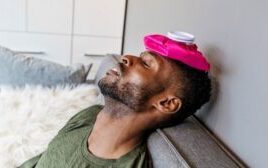
From Head to Toe
Physical therapy can help resolve migraines and headaches
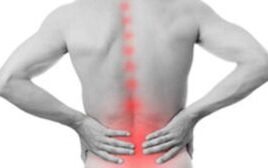
Sciatica, A Real Pain!
Find out what physical therapy can do for Sciatica treatment

Heart Health
Heart Month February is the month of the heart; from Valentine’s Day with your sweetie to heart health with your medical providers. February is American Heart Month! Now more than ever, efforts are being made to increase awareness of cardiovascular disease. This is...
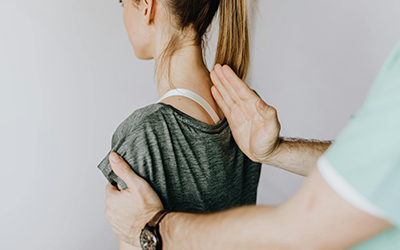
From Back Pain to Back in Action
Low back pain is one of the most common diagnoses our physical therapists treat – and for good reason! Over 80% of Americans will experience an episode of low back pain at some point during their lives. Physical therapy is an effective, safe, and cost-conscious way to...

Life After Covid-19
It is no secret that Covid-19 has changed our world. Patients who have been in the ICU due to Covid-19 may experience post-intensive care syndrome (PICS) which involves health problems from the ICU stay that may persist after the patient leaves the hospital. The...
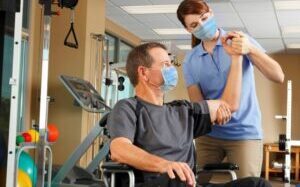
Deconditioning Prevention
What is Deconditioning? Deconditioning refers to a physical decline in function. During this time of isolation and social distancing, deconditioning can occur very easily. It causes diminished muscle mass, decreased muscle strength by two to five percent per day,...

Staying Active Through COVID
COVID has really put a damper on activities that we would normally do. It is important to stay active and healthy, even if that means doing things inside or by ourselves! Below are some activities that can help to keep you active and safe during the COVID & Winter...
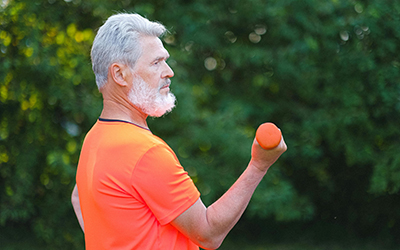
Weight Loss & PT
Physical Therapy and Weight Loss Often when you see a physical therapist, it is to recover from an injury or help alleviate a painful condition. In some cases, the pain you are experiencing can be linked to weight gain. Weight loss is a hot topic in our society and...

Posture and Why Its Important
What is Posture? It can be defined as a position of the body or the arrangements of body parts relative to one another. It is often thought in relation to the spine, but it also includes your extremities. Posture can be good, bad, or somewhere in between. It is very...

Fall Prevention
Did you know... Adults Age 65 or Older 1 out of 3 adults fall each year Falls are the leading cause of injury death, and the most common cause of nonfatal injury & hospital admission for trauma Many people who fall, even if they are not injured, develop a fear of...
Physical vs. Occupational
https://youtu.be/RxrRMXAc08Y Have you ever wondered what Physical and Occupational Therapy are and how they differ? While there are numerous differences, the primary distinction between the two disciplines of PT & OT is that physical therapy's main focus is gross...
